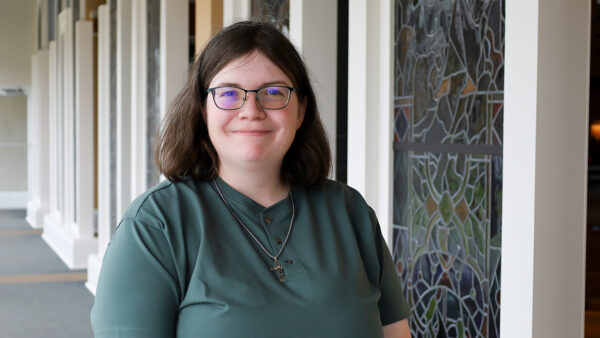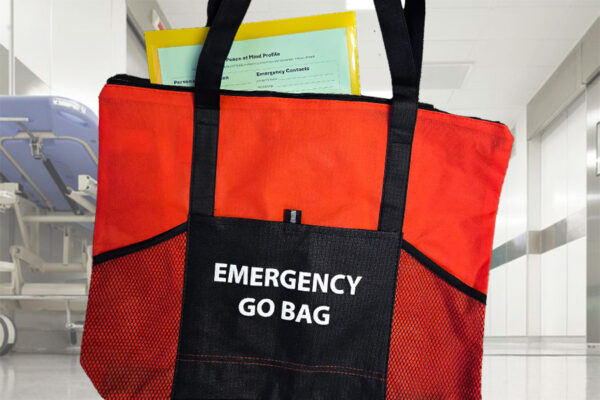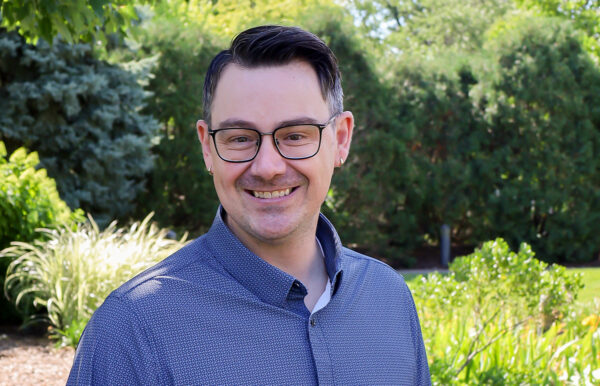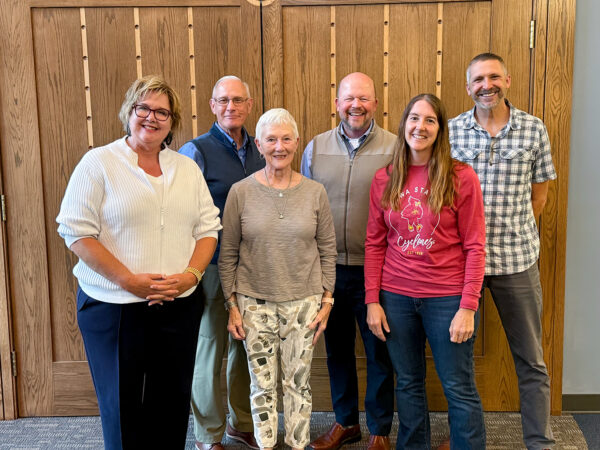Living, in the middle
She had just returned from a backpacking trip in Colorado with fellow St. Paul youth when the blurry vision, weight loss, tiredness, and having to go to the bathroom all the time put her at the doctor’s office.
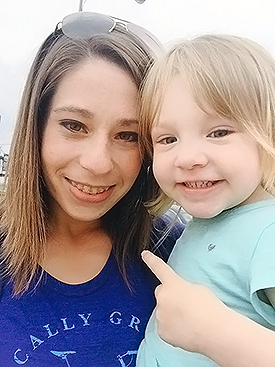 Aryn (Zager) Lloyd was 17 years old. And one night, while eating dinner with her family, the doctor’s office called and said something that would change her life forever: Aryn had Type I diabetes.
Aryn (Zager) Lloyd was 17 years old. And one night, while eating dinner with her family, the doctor’s office called and said something that would change her life forever: Aryn had Type I diabetes.
“They don’t know what causes it, and there is no cure,” said Aryn. “I had to start injections, and start checking my blood sugar with a finger prick and a meter.”
Now 29 years old, Aryn fully lives – we’re talking half-marathons and 100-mile bike rides and raising two daughters with her husband and working as a diabetes educator. All the while, she works hard to “stay in the middle” with blood sugar readings that are not too low or too high.
“Running low can mean seizures or death. Running high risks kidney failure, neuropathy, blindness, hospitalization. It’s a daily thing. It never goes away. I want to be there for my kids. I want to live a healthy life. So I try my best to manage my diabetes,” she said.
Type 1 diabetes is usually diagnosed in children and young adults, and was previously known as juvenile diabetes. Only 5 percent of people with diabetes have this form of the disease.
In type 1 diabetes, the body does not produce insulin. Insulin is a hormone that is needed to convert sugar, starches and other food into energy needed for daily life. Monitoring, exercise, good nutrition, and support are vital to maintaining health.
After her diagnosis, Aryn had a doctor who gave her lots of support and confidence, a diabetes educator who gave her the information she needed. She was able to take complete control of her diabetes.
As the years went on, Aryn chose to become part of clinical trials at the University of Iowa, specifically what is known as the artificial pancreas project. It appears the results of that trial will be available for people in about 2017, she said.
She manages her diabetes by testing her blood sugar six to 10 times a day, with an insulin pump she usually wears on her waist band, and in countless other ways.
For example, if you take a peek into her purse, you might see juice boxes, fruit snacks, or candy. It’s not for her daughters – they are for if her blood sugar goes too low. At church, she said, “I’m glad when they always have Sunny Delight on hand – juice works quickly to help with low blood sugar.”
She participates in fundraising efforts to support research, including the upcoming Ride to Cure Diabetes – a 100-mile bike ride in LaCrosse, Wisconsin. And recently, when her daughter and some friends wanted to have a lemonade stand, they decided to put the money they raised towards diabetes research.
Aryn is now using her training as a personal trainer in her work at the YMCA as the diabetes prevention coordinator. The research-based initiative encourages people, mostly with Type II diabetes, to use nutrition, exercise, and support to control or prevent diabetes. The year-long program is all based around lifestyle choices.
She also is willing to talk with anyone who asks about her experience. “I’ve always been open about my diabetes. If people ask, it’s an opportunity for me to help educate others,” she said.
How has diabetes changed her?
She is more determined in seeking out opportunities and challenges, she said. And, she sees the world a bit differently.
“I think I’m more understanding of what other people go through, no matter what health condition it is. If someone dealing with something like cancer or mental illness, I have more empathy towards them.”

